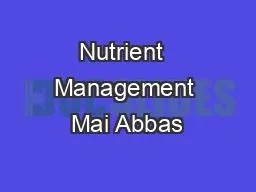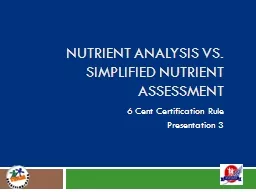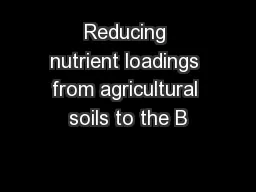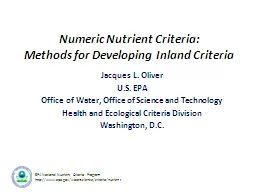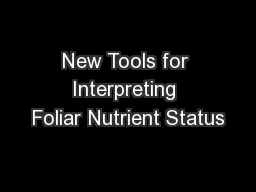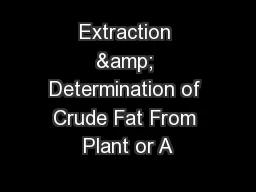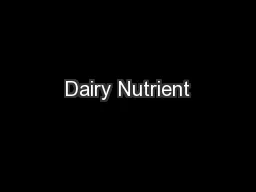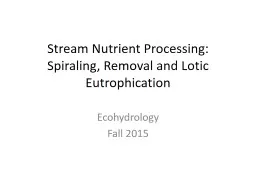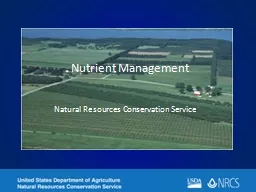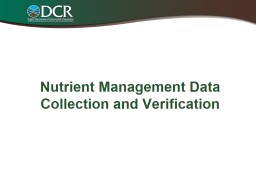PPT-Nutrient Management Mai Abbas
Author : bobradio | Published Date : 2020-08-26
Khadijeh Yasamin Shirazi Modules of Sustainable Agriculture MOSA August 2015 How Ecosystem works Energy flow and Nutrient Cycles https wwwyoutubecomwatchvoRBHfjZsUQ
Presentation Embed Code
Download Presentation
Download Presentation The PPT/PDF document "Nutrient Management Mai Abbas" is the property of its rightful owner. Permission is granted to download and print the materials on this website for personal, non-commercial use only, and to display it on your personal computer provided you do not modify the materials and that you retain all copyright notices contained in the materials. By downloading content from our website, you accept the terms of this agreement.
Nutrient Management Mai Abbas: Transcript
Download Rules Of Document
"Nutrient Management Mai Abbas"The content belongs to its owner. You may download and print it for personal use, without modification, and keep all copyright notices. By downloading, you agree to these terms.
Related Documents

